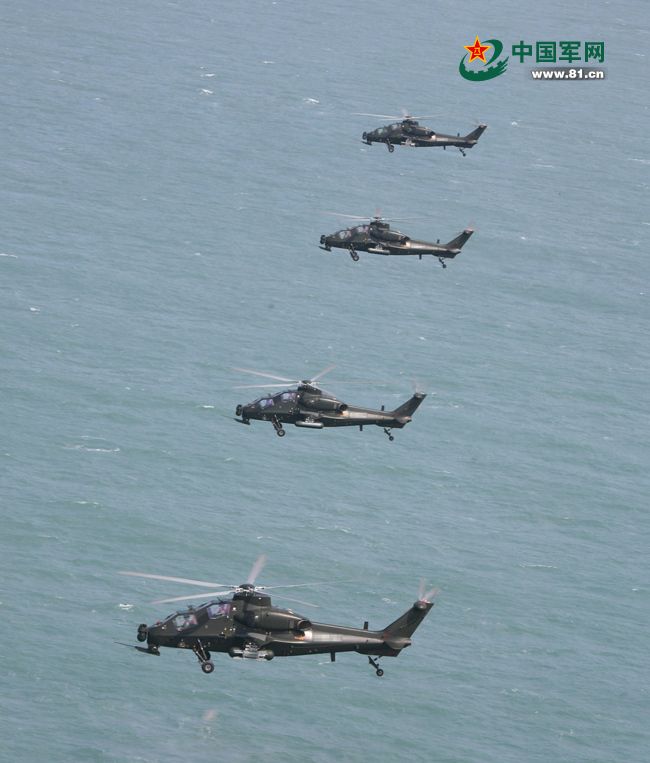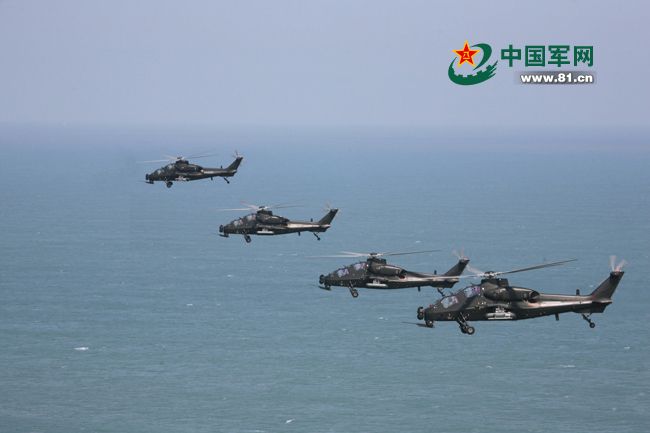Landing lights are absolute necessity and are a standard on all helicopters like it was mentioned.
No one lands with a FLIR, all FLIR's have digital or optical zoom which makes it hard to land with them especially since you can not overlook the ground when it is zoomed in right beneath you. NVG of helmets have also a problem, they only cover a smaller field of view than the human eye and the green spectrum distorts the field of depth which makes it difficulter to land.
It obligates to the pilot if he uses NVG or Landing Light or like the rest of the pilots they see the remaining light as sufficient.
Landing lights are also typical on aircraft such as fighters, transport planes, commercial airliners, although they're not always used. Carrierborne fighters often will use low visibility slime lights instead, and helicopters operating off flat tops do the same I believe.
Some newer transport planes such as the A400M, Kawasaki C-2 and Y-20 feature an inbuilt EVS which is basically a dedicated flight FLIR which I think can be used to assist landing/takeoff and flight without the need for using landing lights.
I think the PVNS of helicopters can also assist take off/landing and flight if the situation calls for no landing lights (such as landing and taking off in hostile territory)






